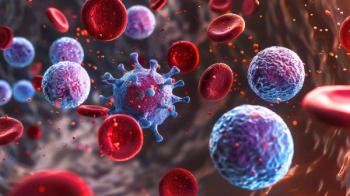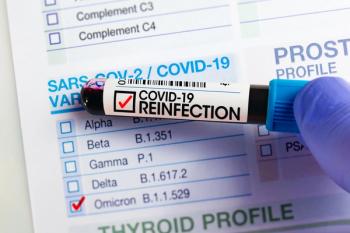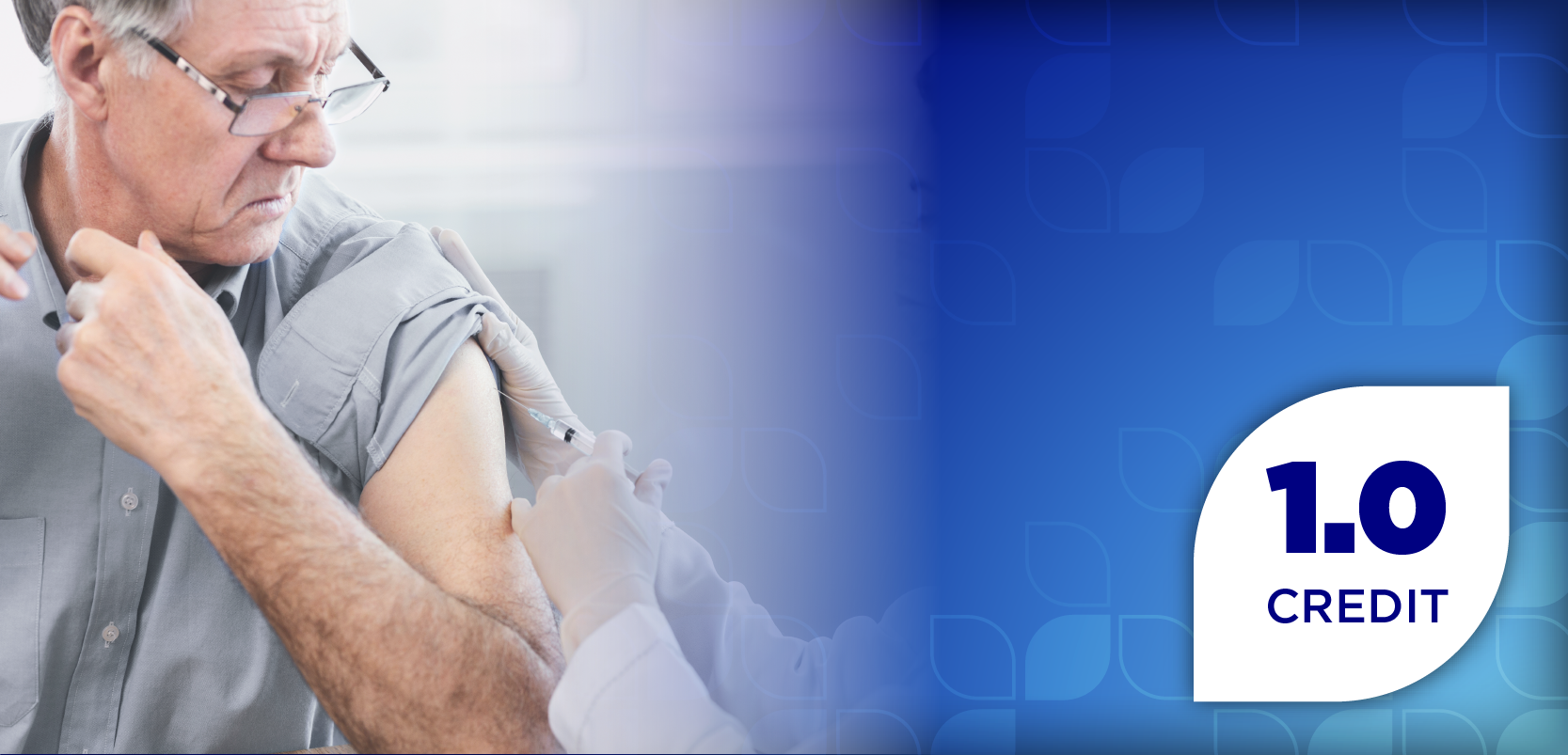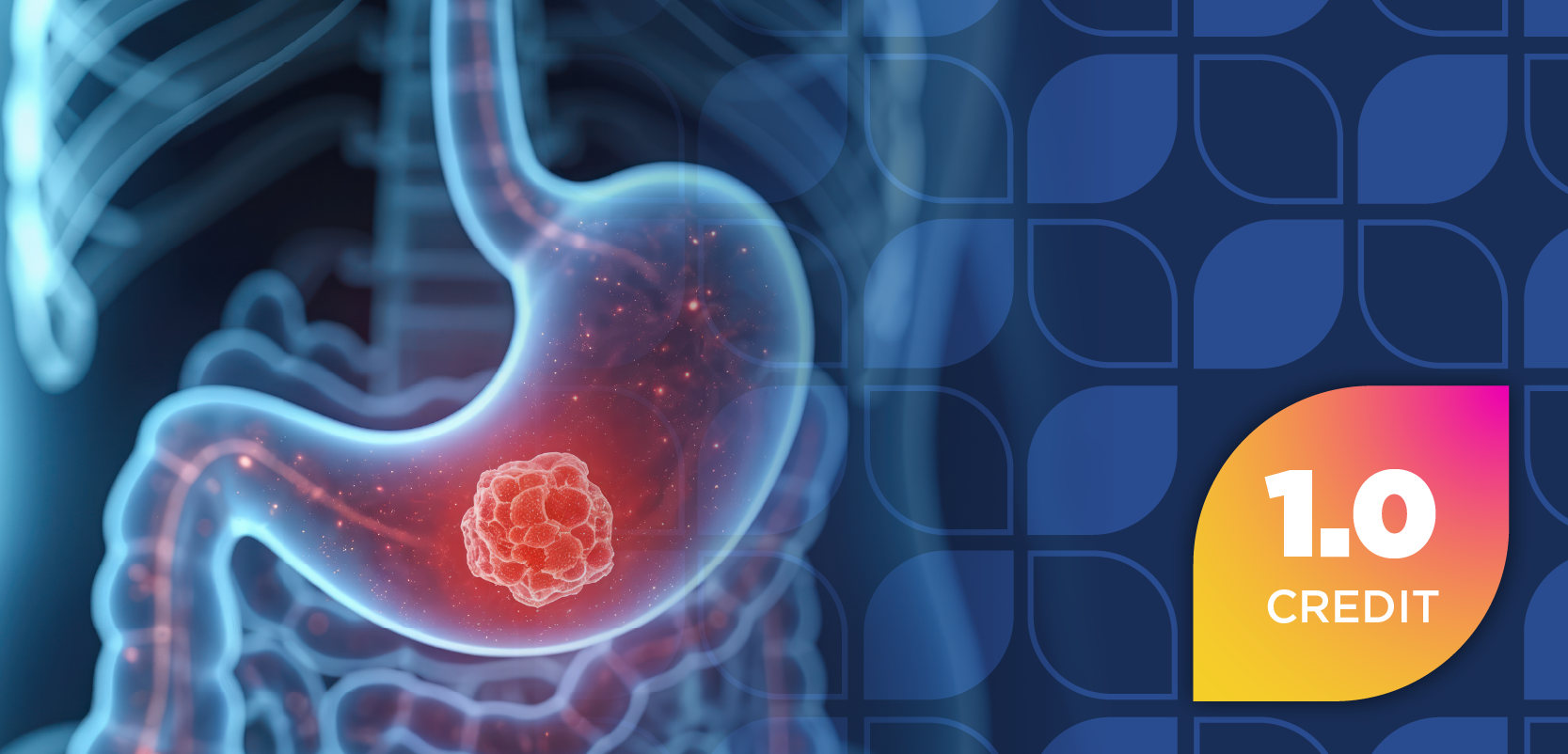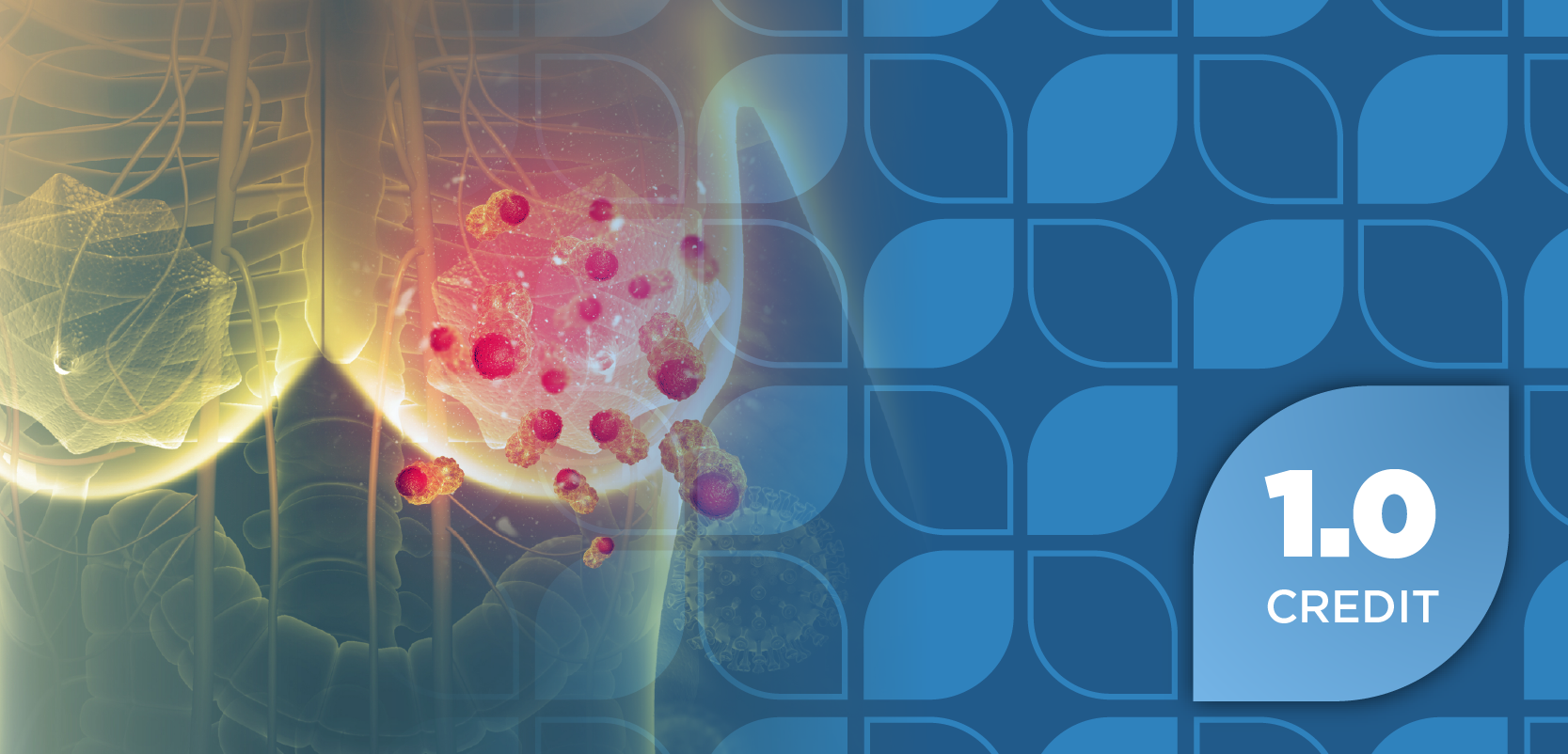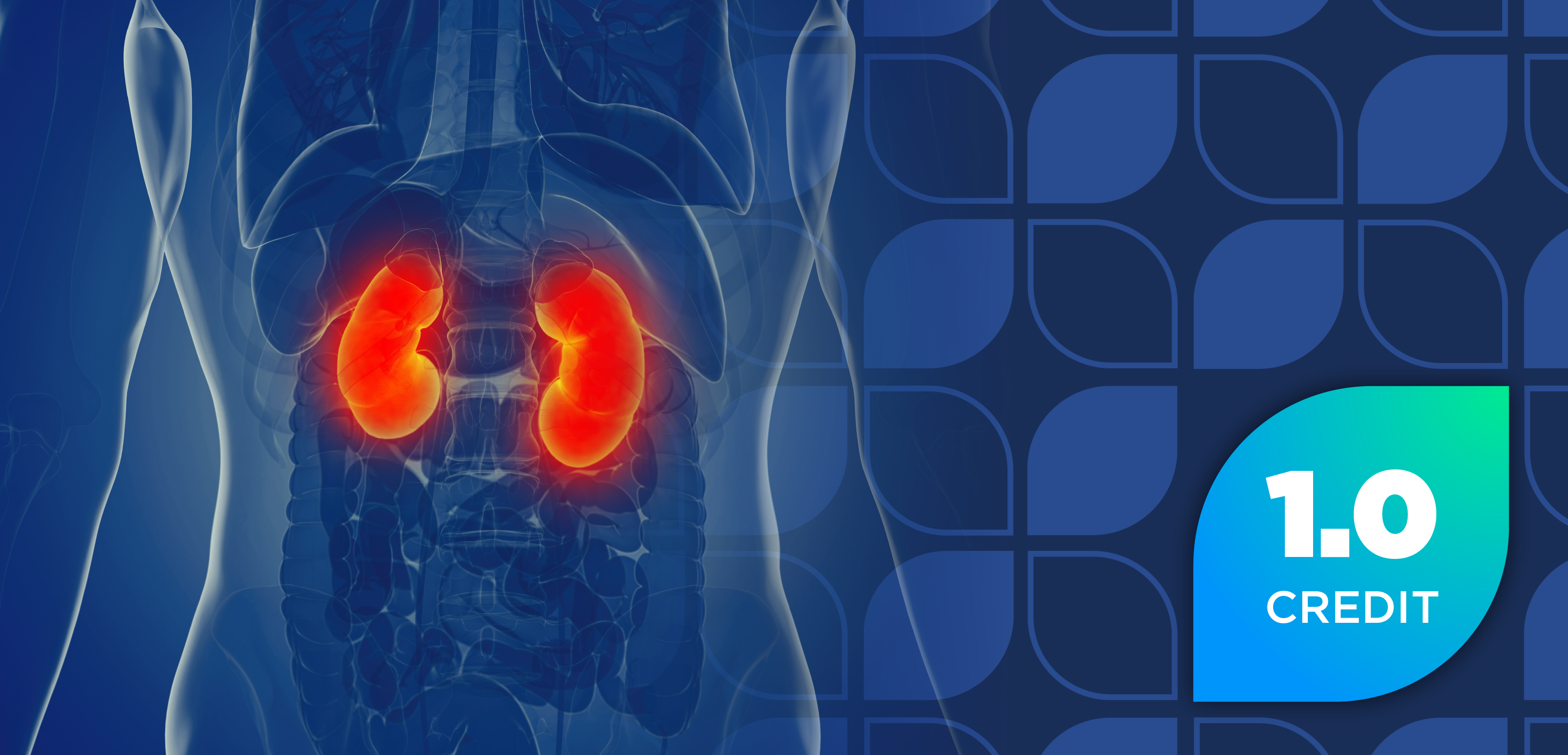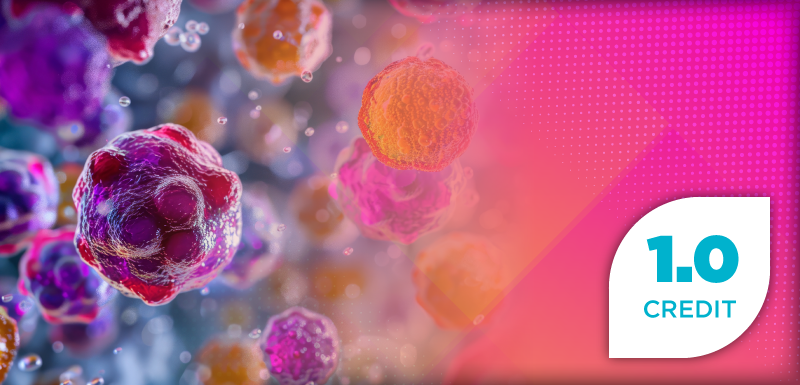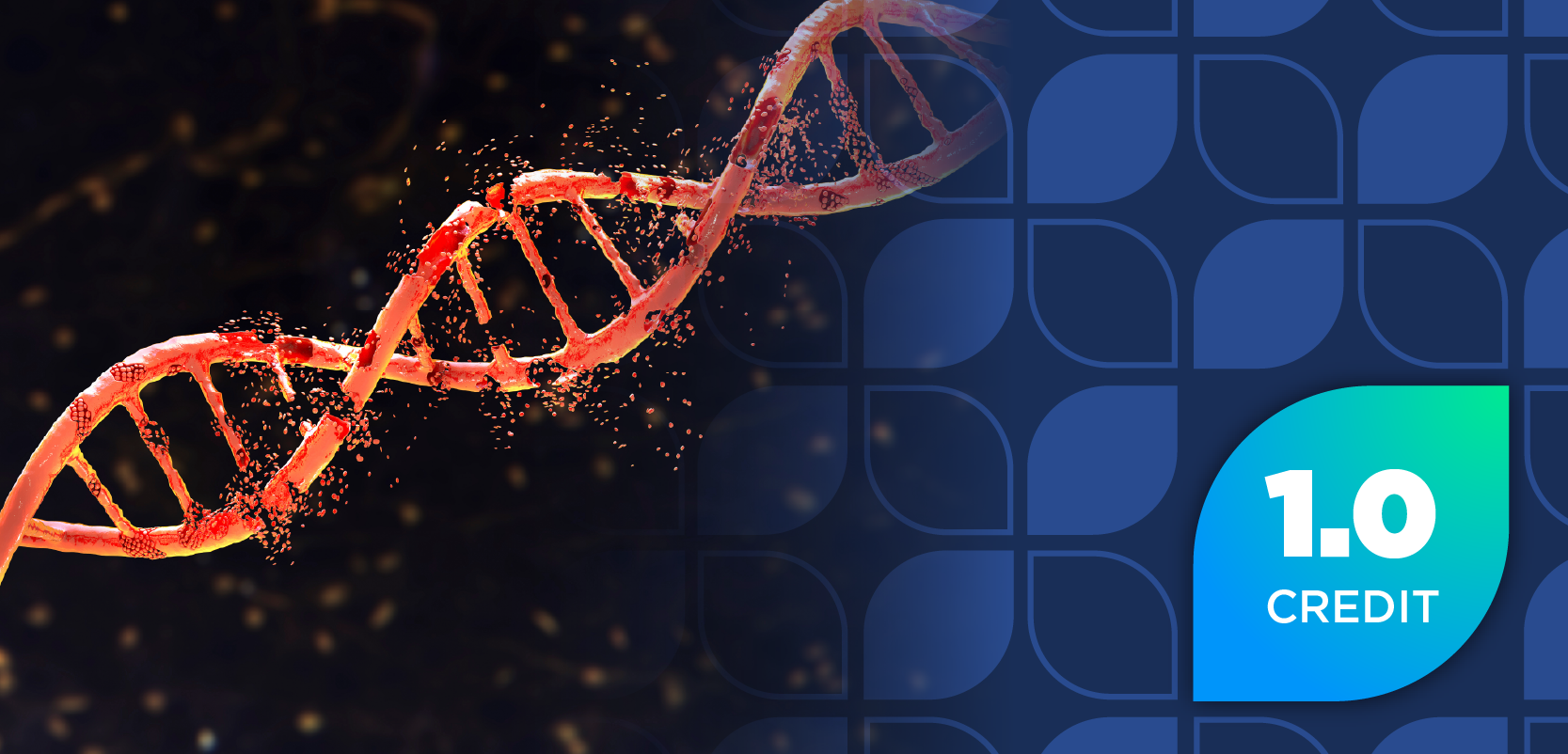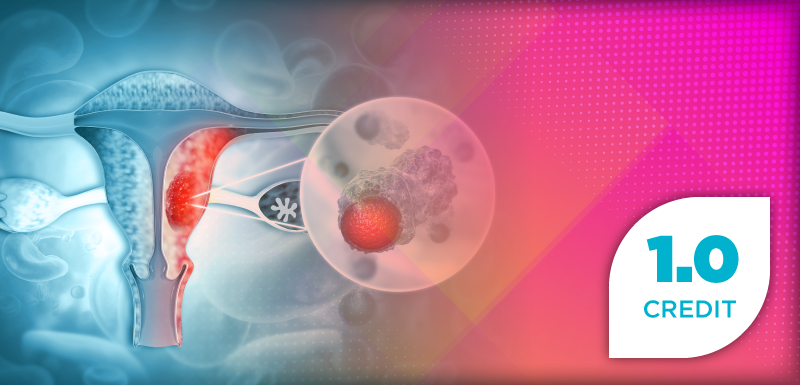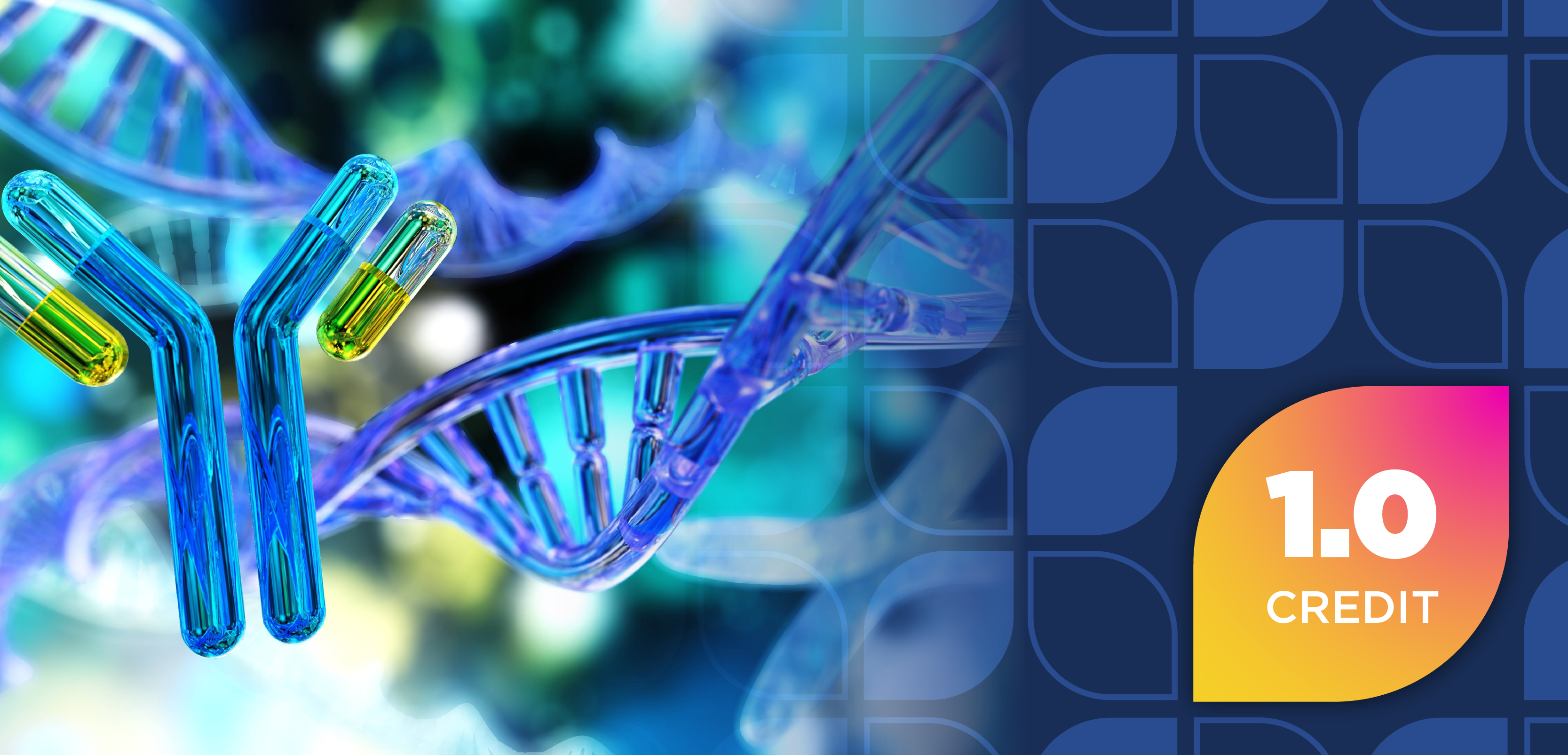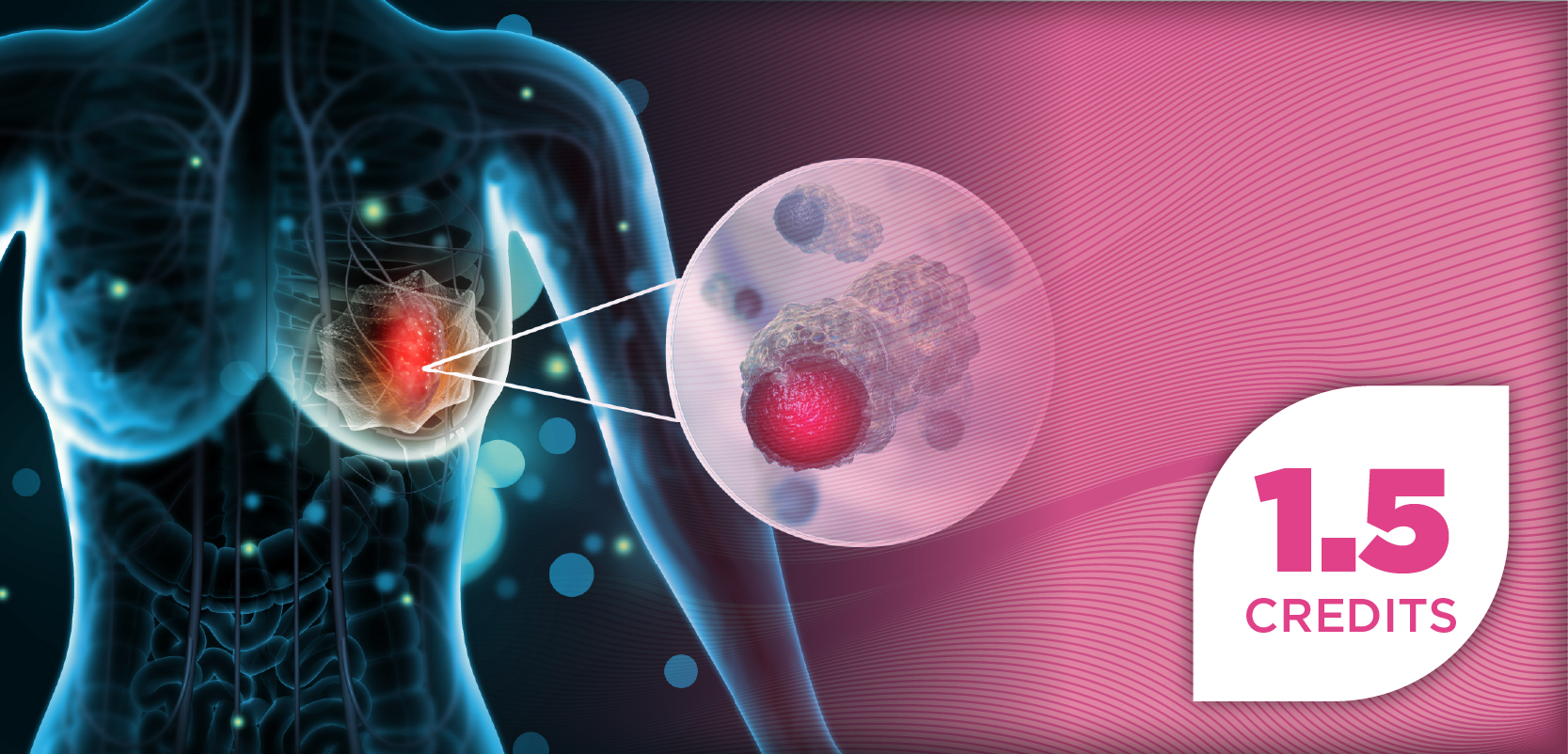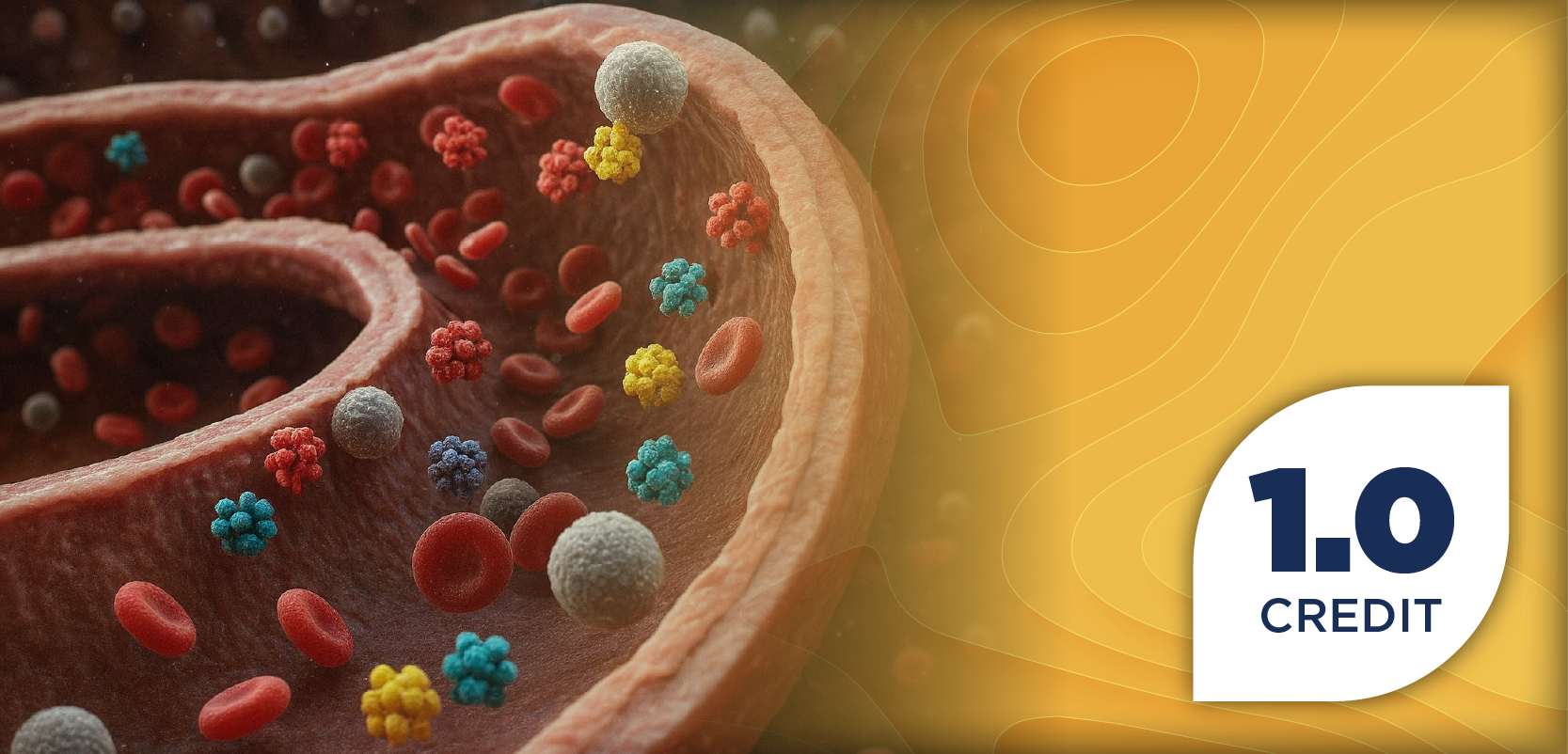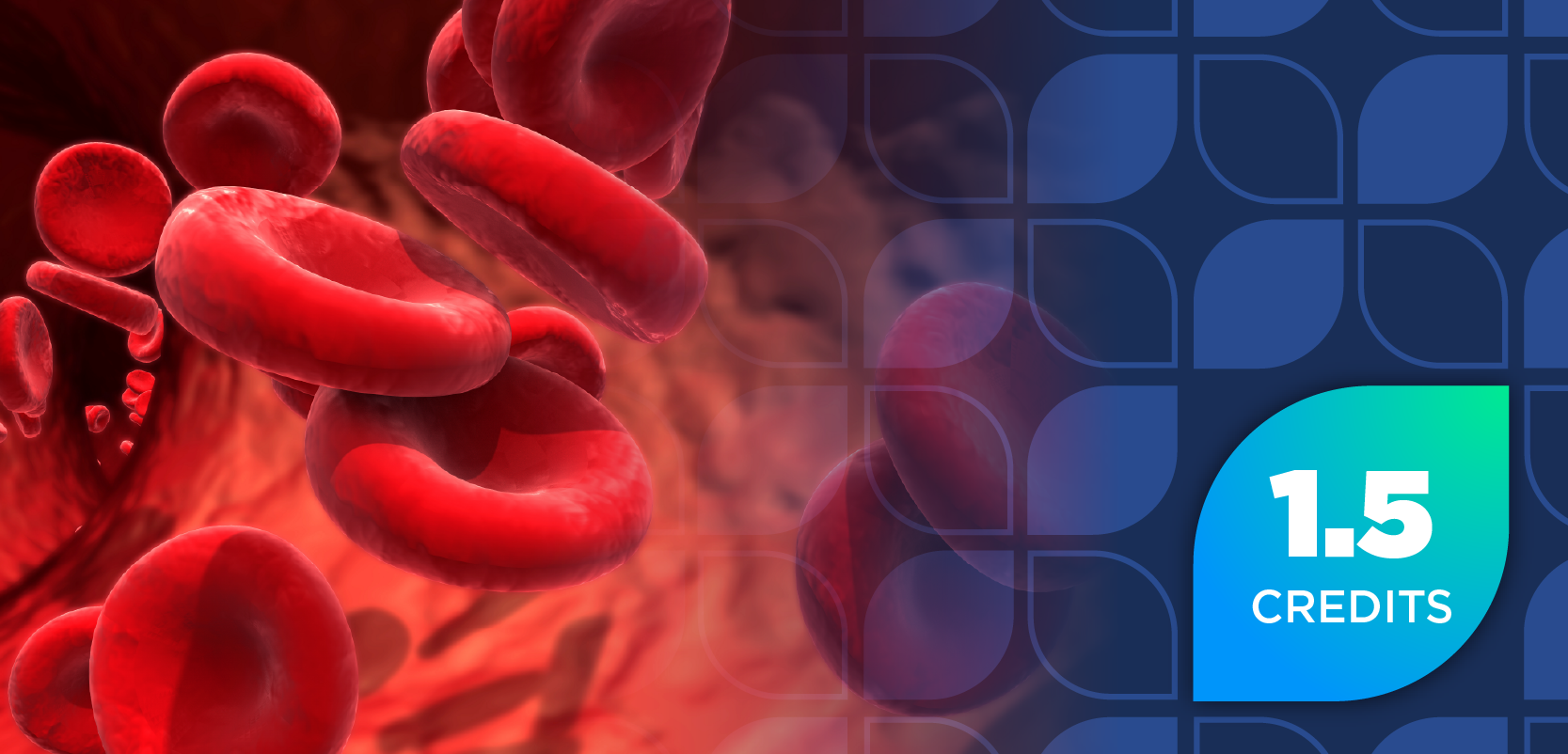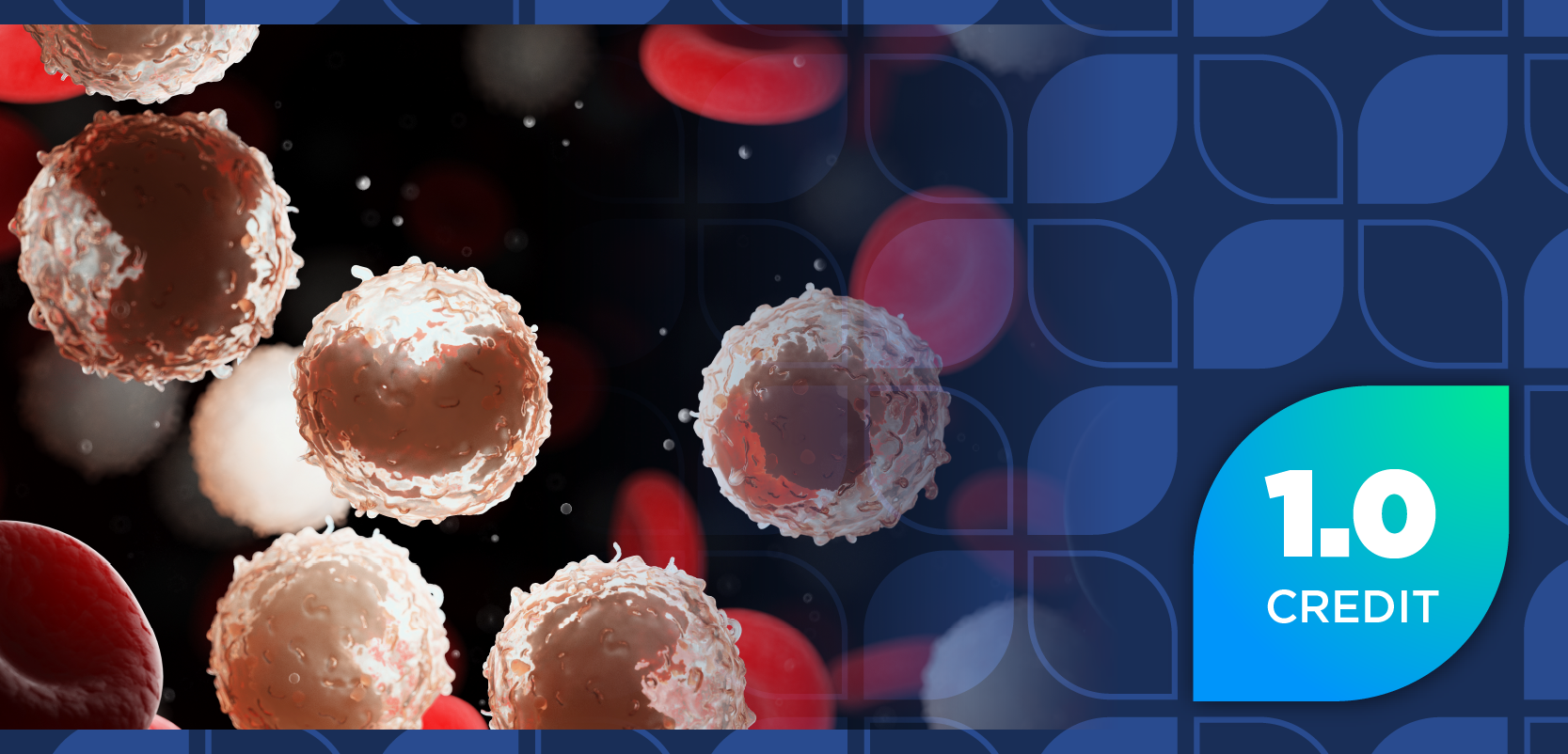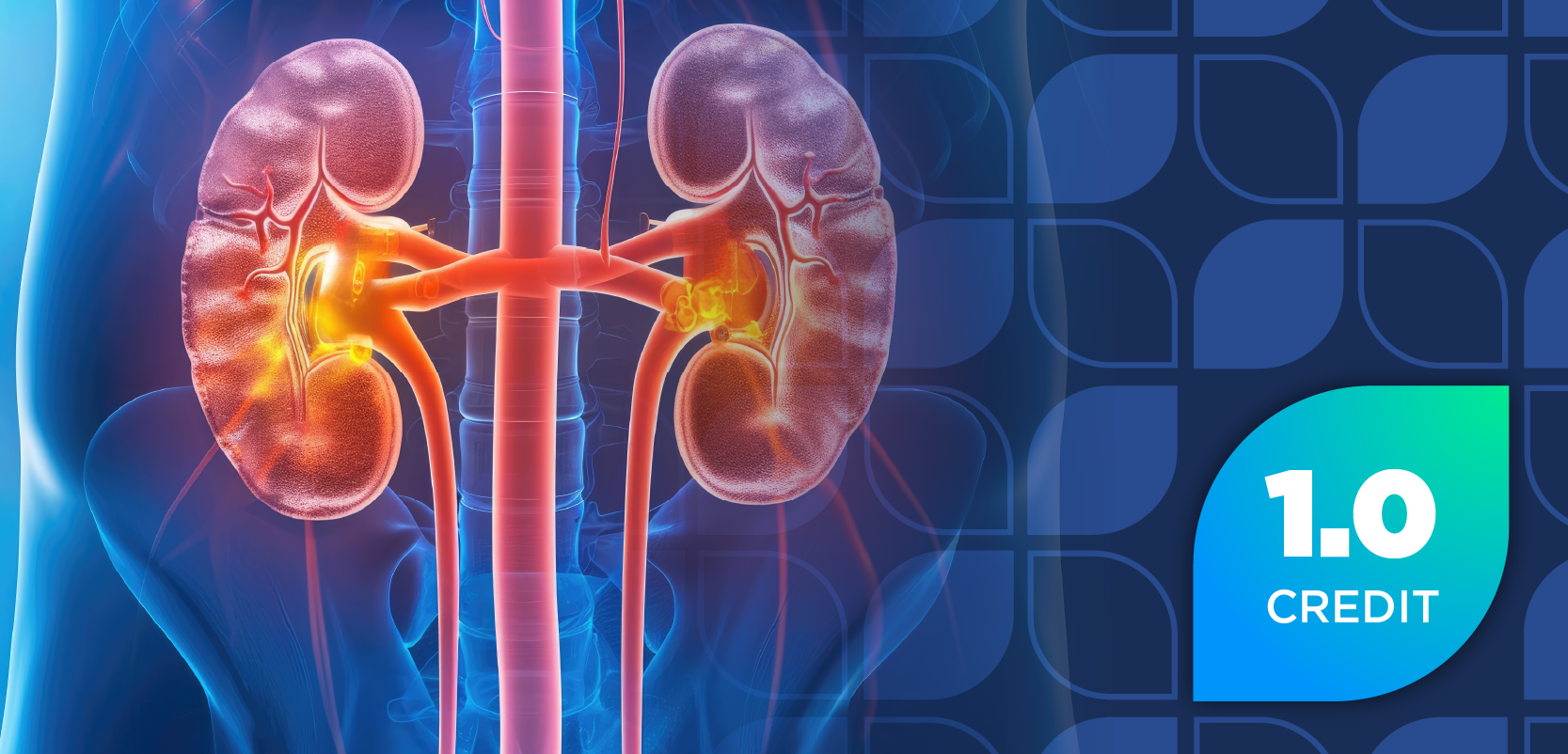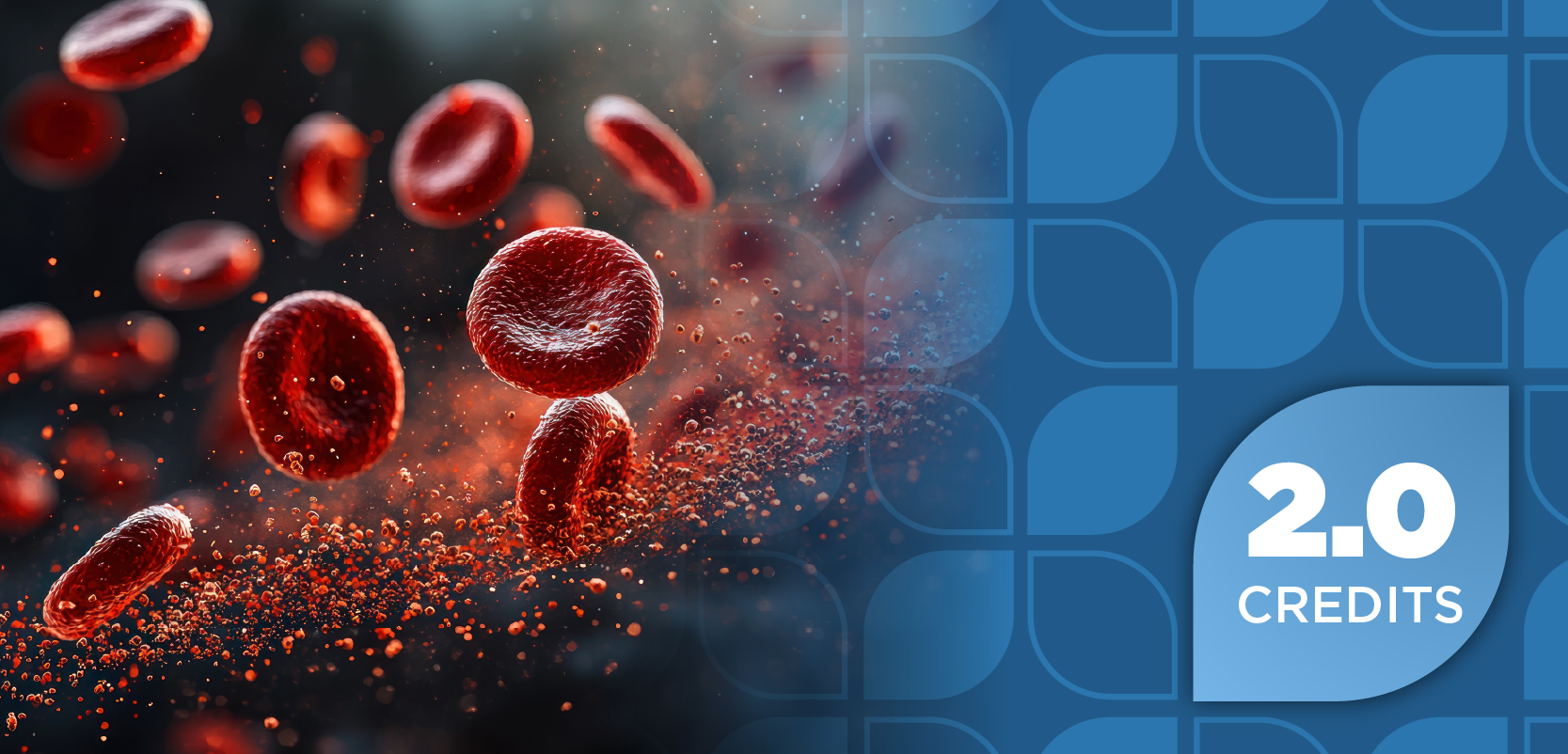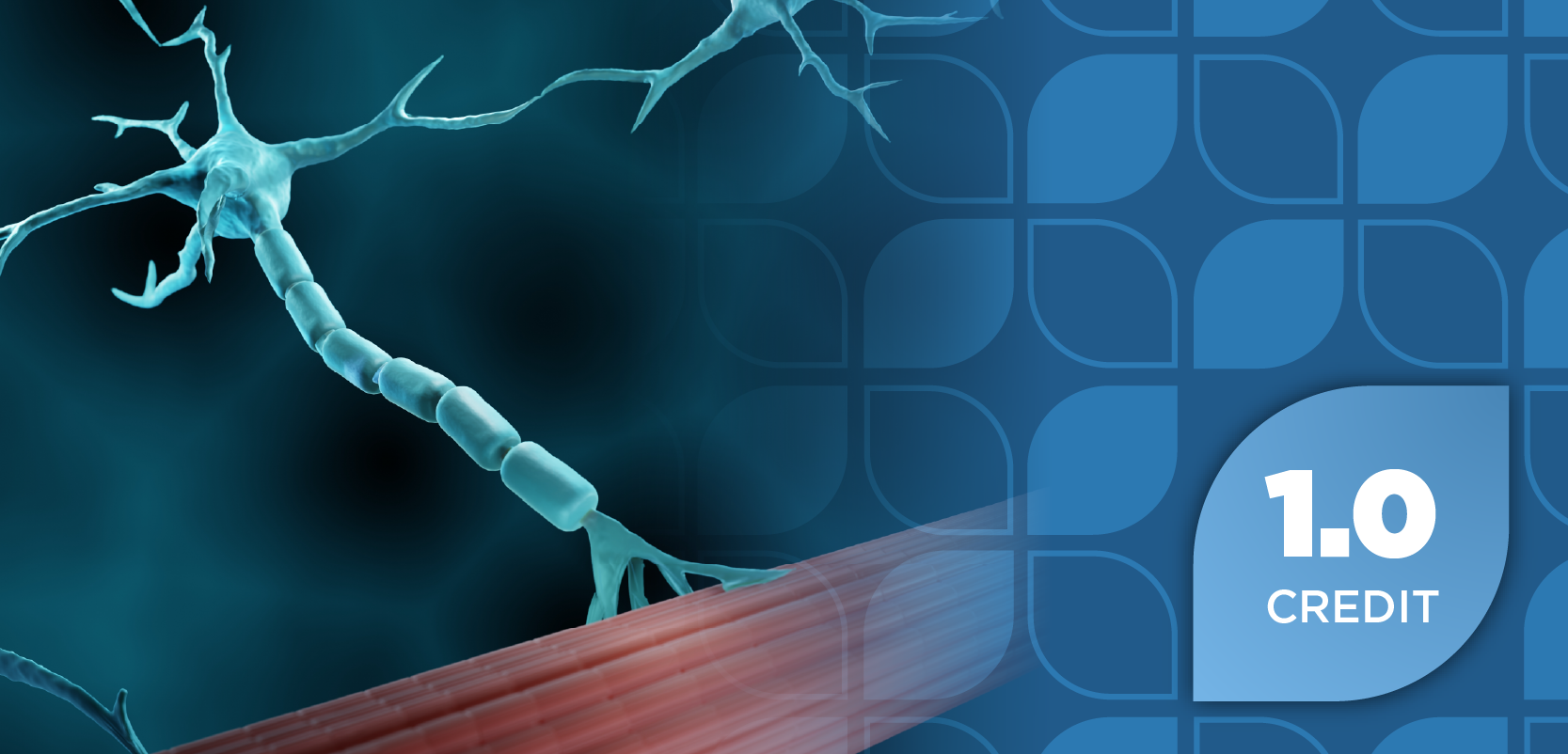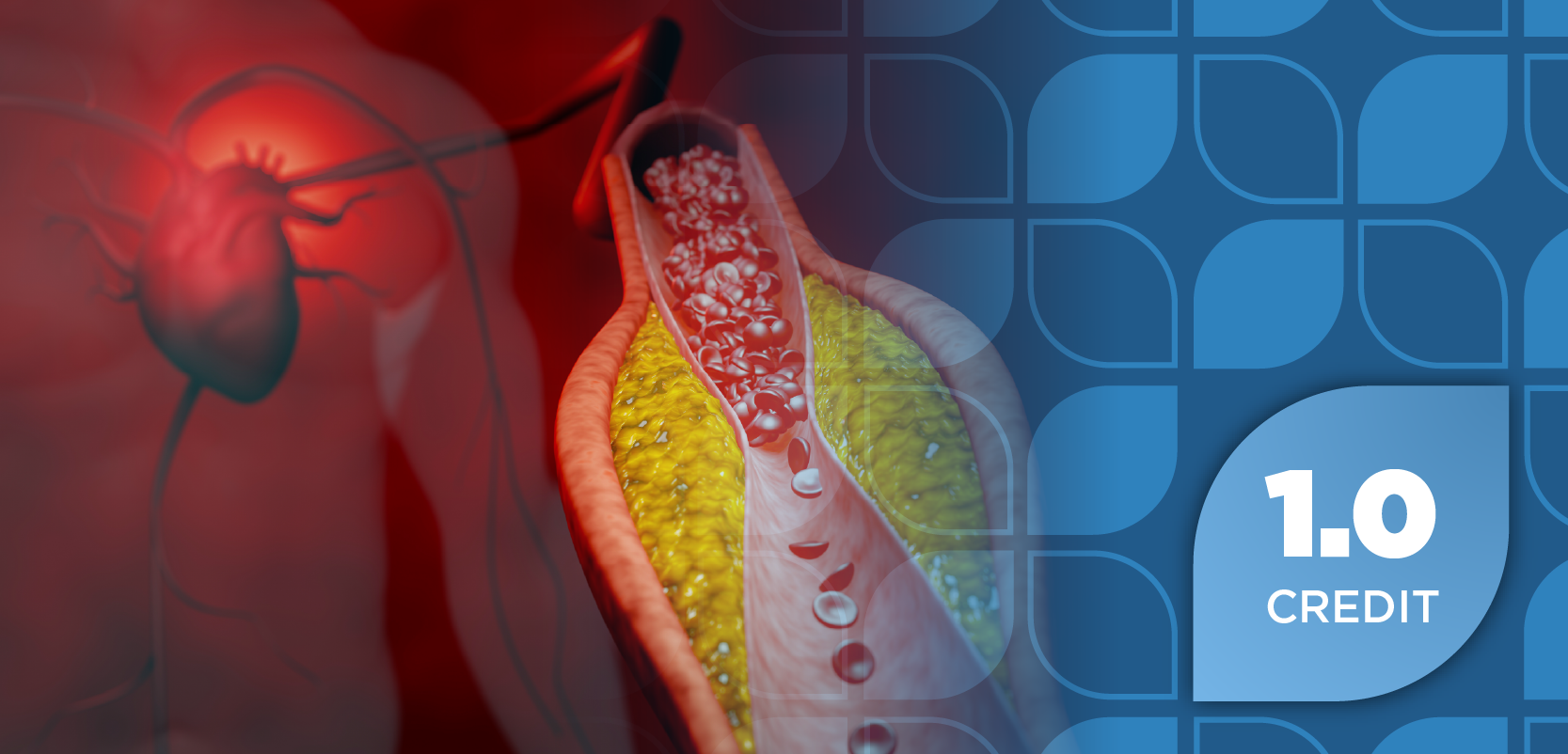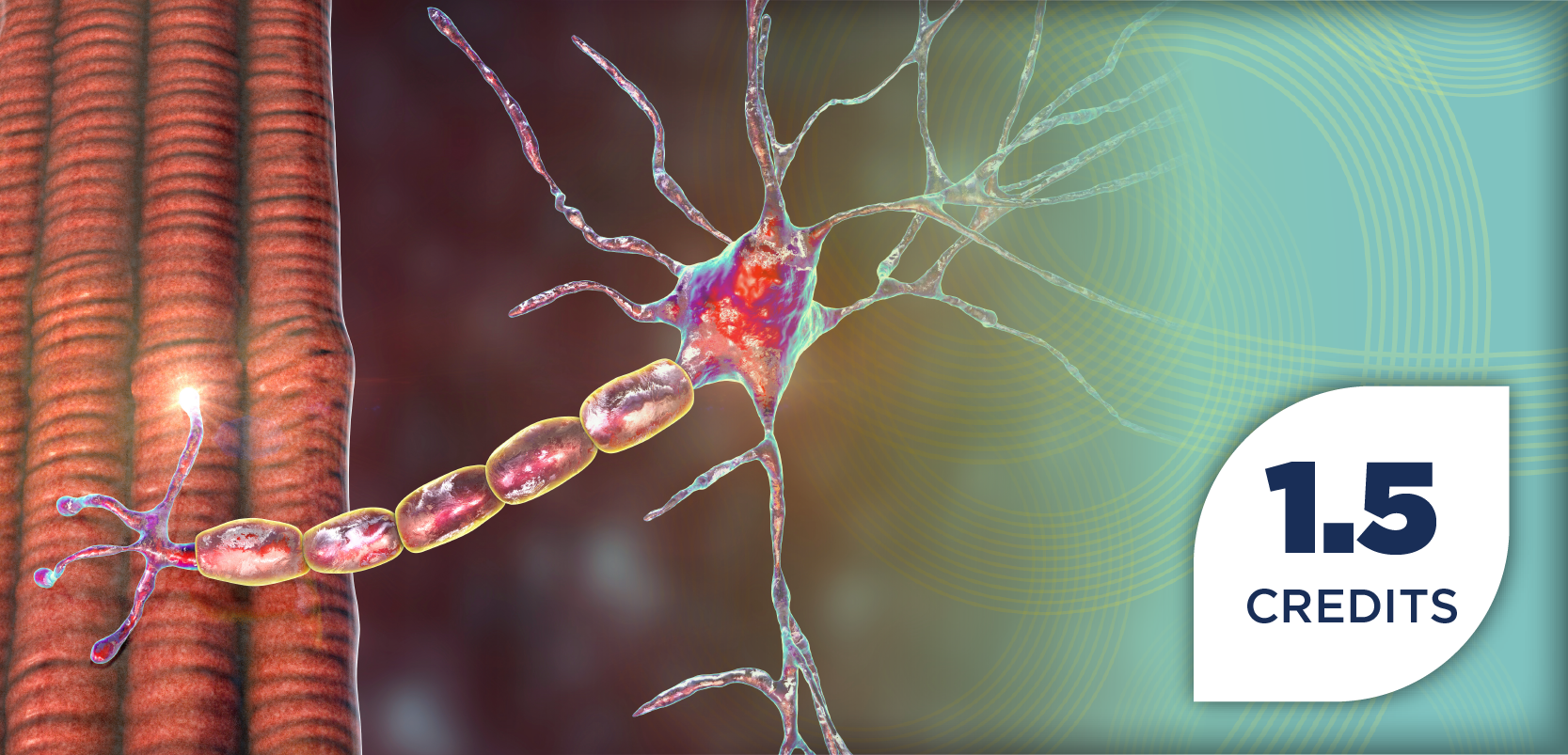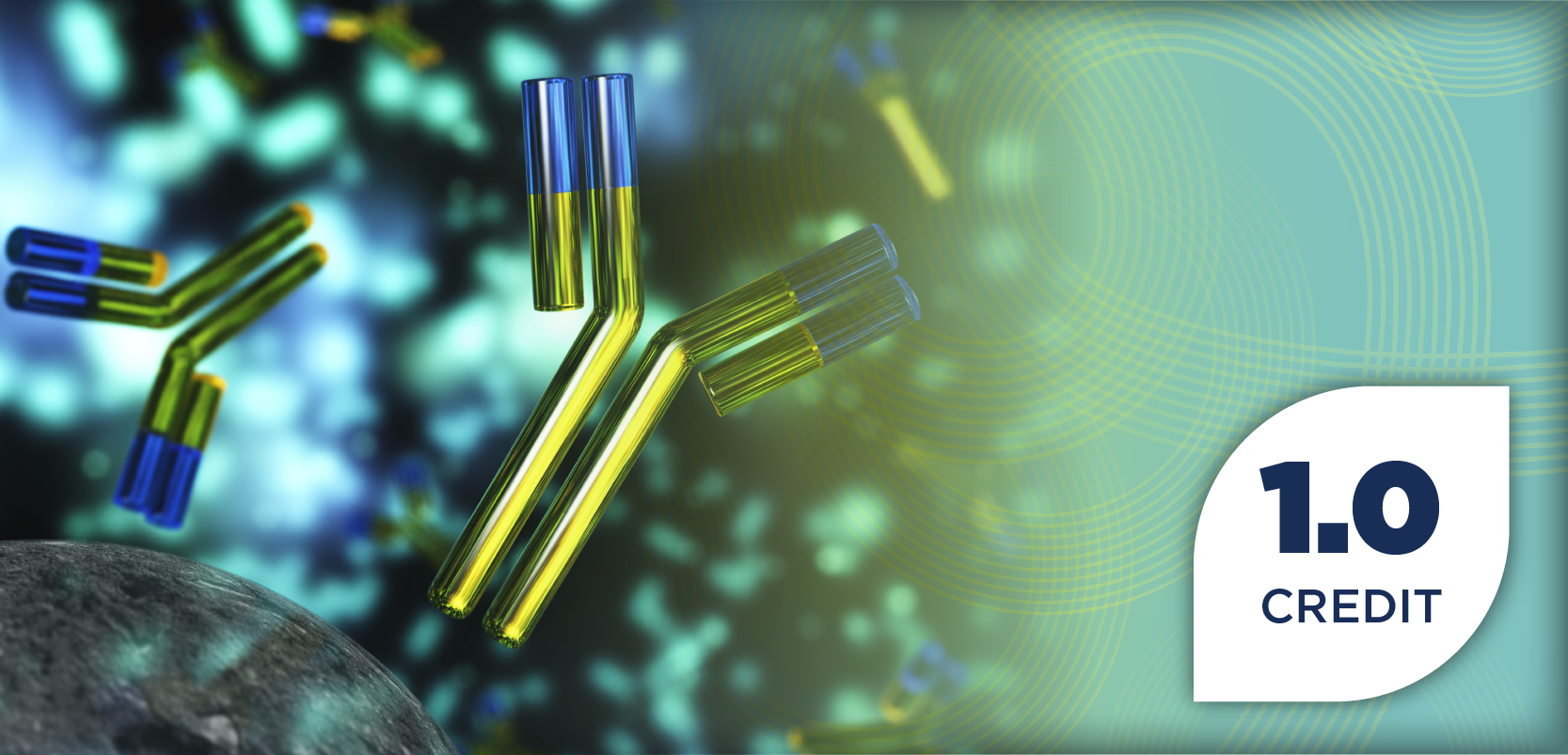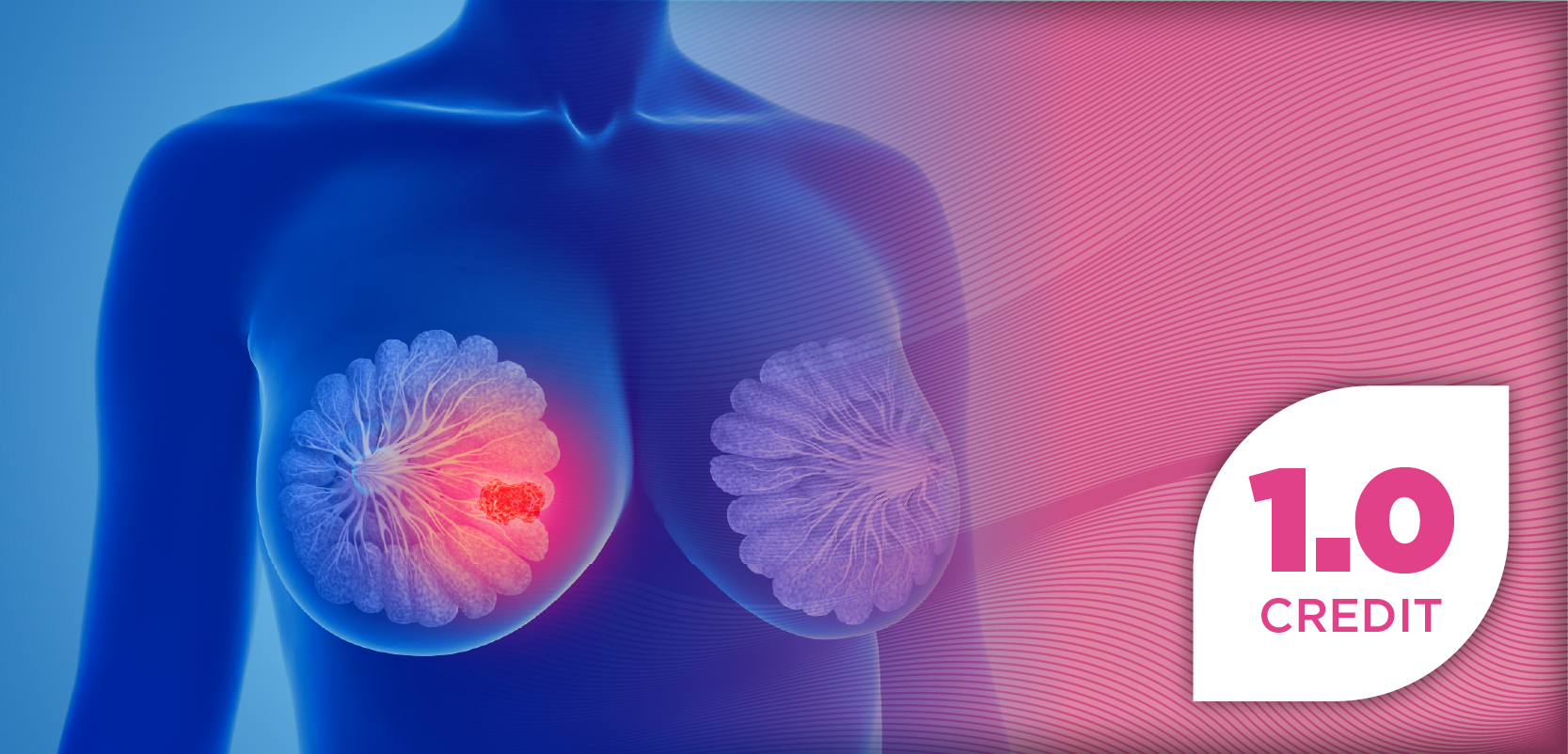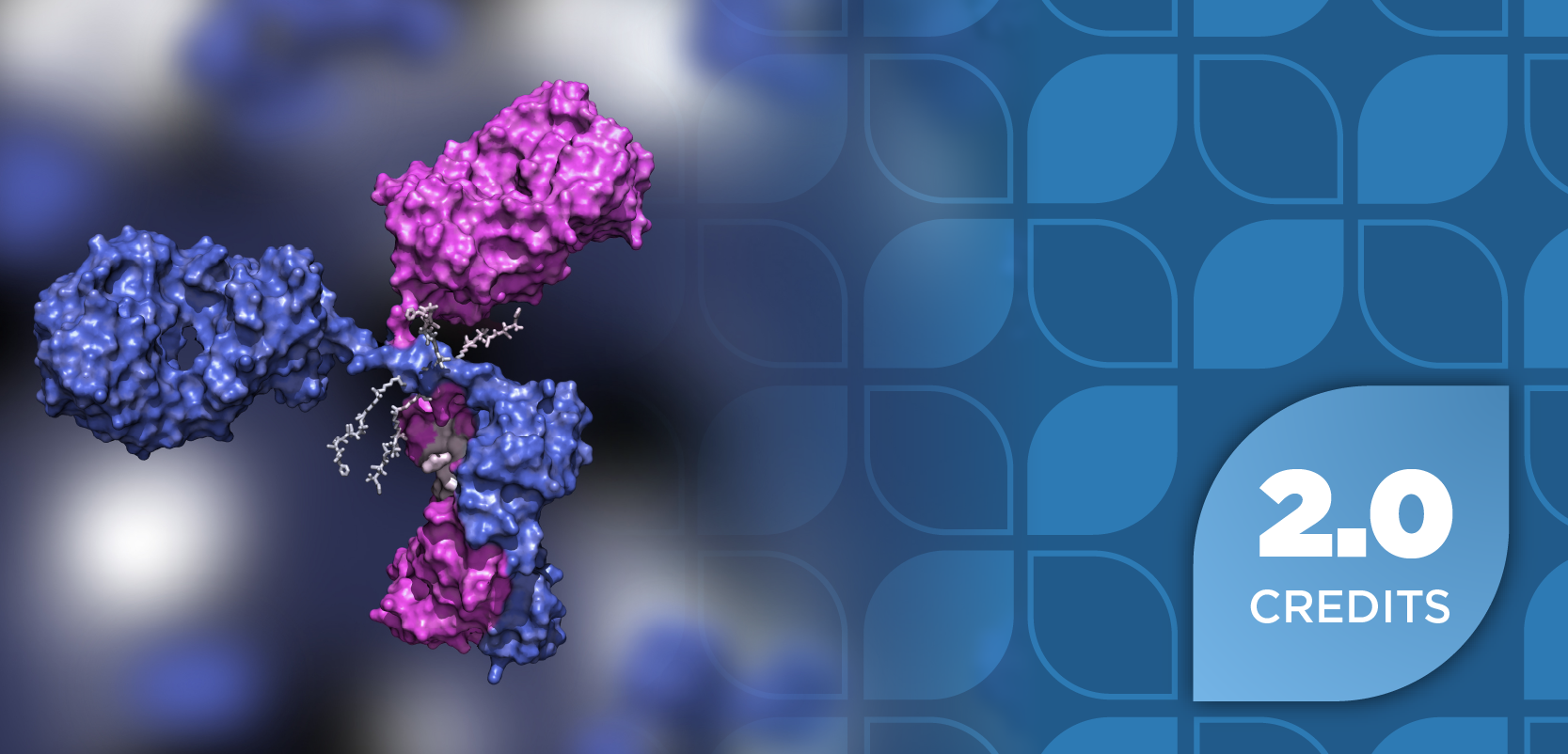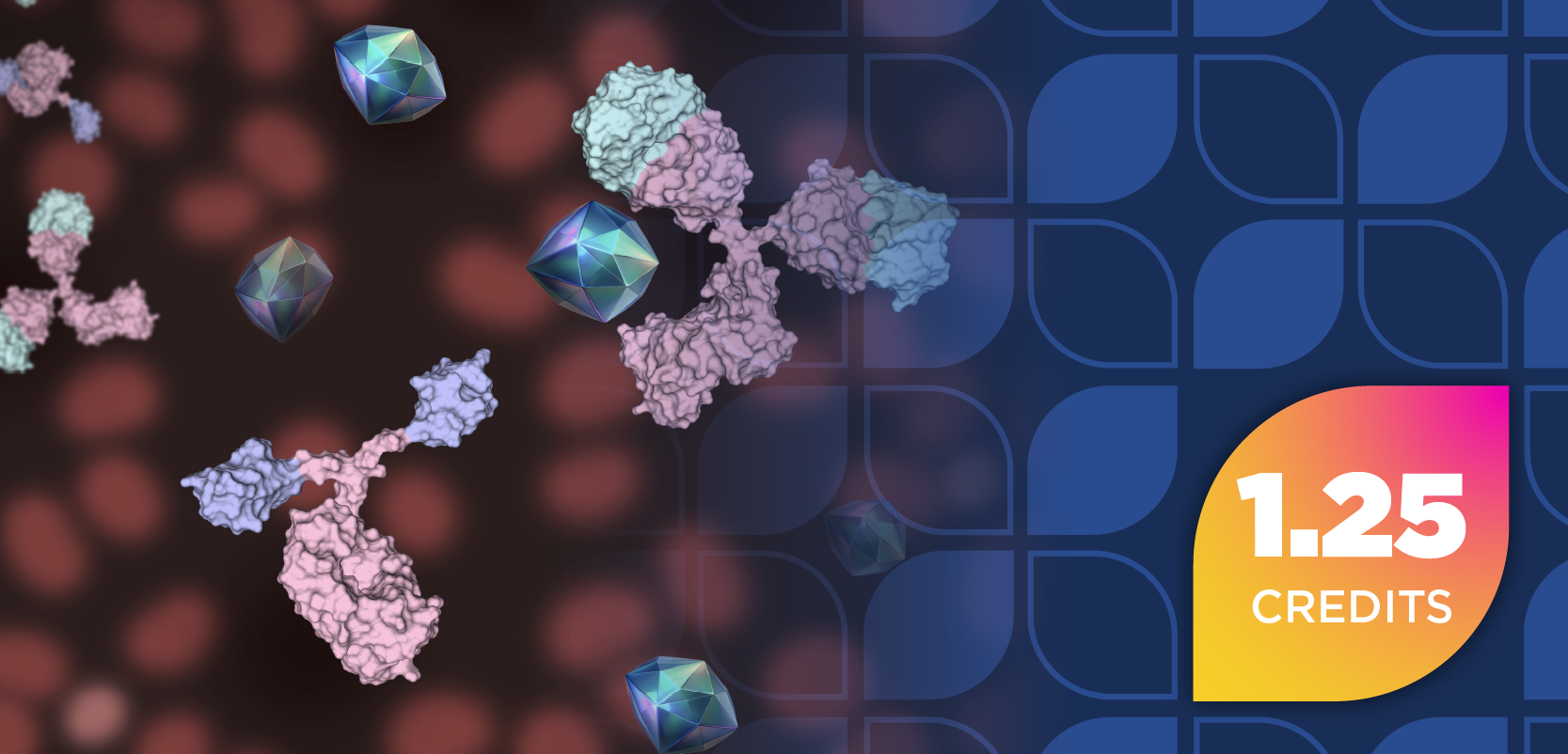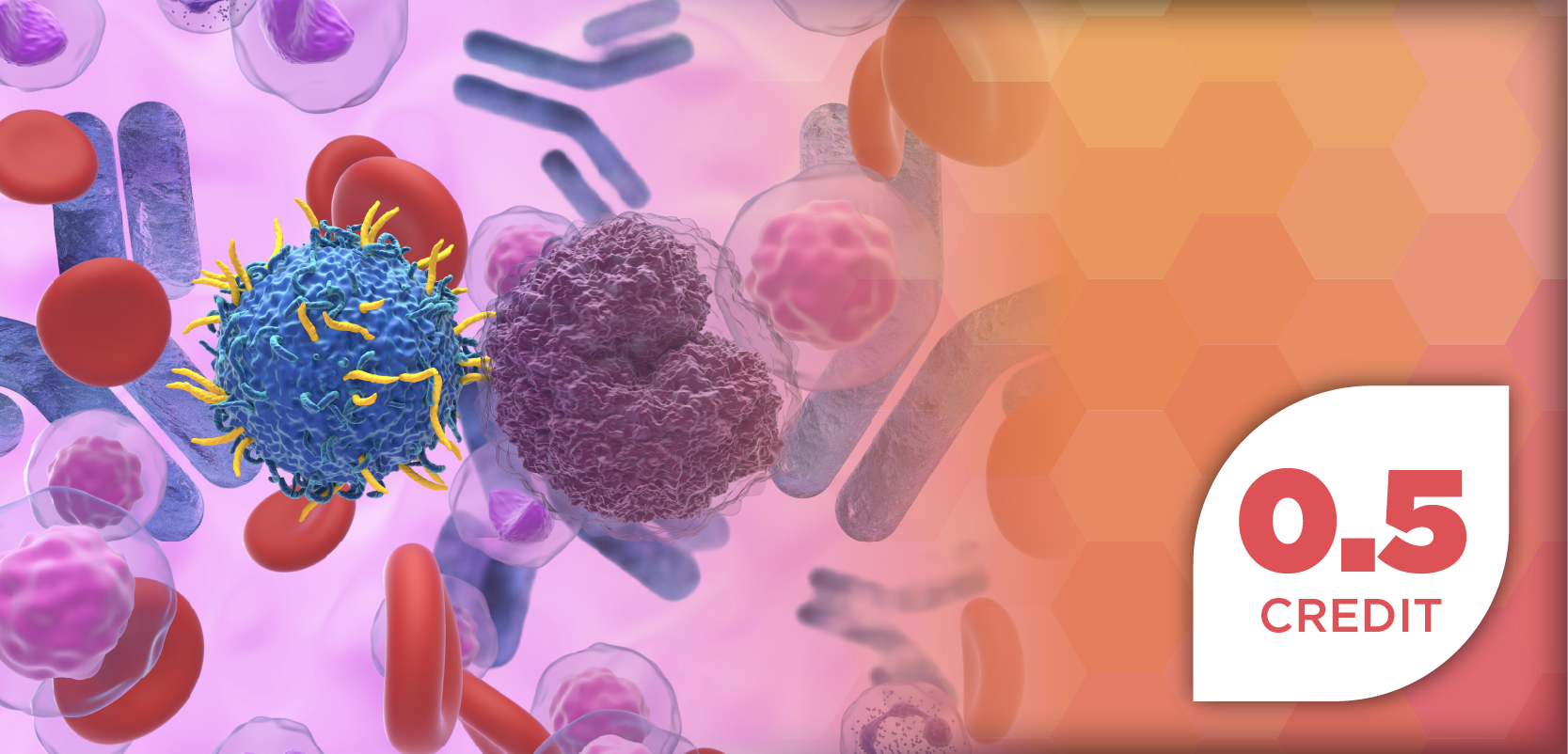Abstract
The most common malignancy in men worldwide is prostate cancer, and the prognosis remains favorable with prostate cancer accounting for only 5.7% of all cancer-related deaths. In patients who have localized disease, treatment is dependent on age and risk factors. This can consist of observation or active surveillance, and in patients with intermediate- to high-risk disease, treatment includes androgen deprivation therapy (ADT), radiotherapy, and surgery. Though most patients typically respond to ADT, with responses lasting from months to years, long-term exposure to ADT eventually results in disease progression despite castration; this is referred to as castrate-resistant prostate cancer. Patients who have onmetastatic castrate-resistant prostate cancer (nmCRPC) have a higher risk of developing distant metastasis, leading to worse clinical outcomes. The approval of second-generation antiandrogens, such as apalutamide (Erleada; Janssen Products, LP), enzalutamide (Xtandi; Astellas Pharma US, Inc), and darolutamide (Nubeqa; Bayer HealthCare Pharmaceuticals Inc), has significantly changed outcomes for patients with nmCRPC. Currently, there are no studies that directly compare these agents. This review aims to discuss each agent and considerations when choosing therapy in patients with nmCRPC.
Introduction
Prostate cancer is the second most common malignancy in men worldwide and accounts for 5.7% of all cancer-related deaths.1,2 Despite being one of the most common cancers in men, the prognosis remains favorable, with the 5-year relative survival being 97.1%. A majority of patients with prostate cancer (≈80%) are diagnosed in the nonmetastatic setting, where the estimated 5-year survival is 100%.2 Risk factors for developing prostate cancer include a family history of the disease, older age, race (African descent), exposure to environmental carcinogens, and smoking.1 Initial suspicion of prostate cancer is based on an abnormal digital rectal exam (DRE) or an elevated prostate-specific antigen (PSA) level. A confirmatory biopsy is needed for a definitive diagnosis of prostate cancer, and once confirmed, pathologic assessment of the tissue and determination of lymph node involvement aids in risk stratification for localized disease.3
Pathophysiology
Prostate cancer is driven by activation of the androgen receptor (AR) via binding of its respective ligands’ testosterone and dihydrotestosterone. Activation of AR results in nuclear translocation, which eventually leads to further downstream signaling to initiate cell proliferation and differentiation. The hypothalamic pituitary gonadal axis stimulates the secretion of testosterone from Leydig cells in the testes, which drives cellular proliferation of prostate epithelial cells. Gonadotropin-releasing hormone (GnRH), also known as luteinizing hormone-releasing hormone (LHRH), is released from the hypothalamus, which stimulates LH to be secreted from the anterior pituitary gland. LH induces the release of testosterone, which inhibits further GnRH and LH secretion via negative feedback. This pathway is crucial in understanding the pharmacologic agents used to treat localized disease, as LH and AR are the targets of several therapies used in this patient population.4
Initial Treatment for Localized Prostate Cancer
The initial approach to treating localized prostate cancer is dependent on age and risk factors. This determines if patients should undergo observation or activation surveillance, where no treatment is needed, and patients are followed for signs of progression via periodic DRE and PSA monitoring. If intermediate- to high-risk disease is present, several treatment modalities are utilized to induce remission, including androgen deprivation therapy (ADT), radiotherapy, and surgery. Because prostate cancer relies on testosterone to induce cell proliferation, ADT is used to suppress testosterone levels and achieve castration (defined as a testosterone level of < 50 ng/dL) by preventing the release of testosterone through negative feedback.3,5
Pharmacologic agents used to achieve castration are LHRH receptor agonists and antagonists. LHRH agonists (Table 111-13) include leuprolide (Lupron; AbbVie Inc), goserelin (Zoladex; TerSera Therapeutics LLC), and triptorelin (Trelstar; Verity Pharmaceuticals Inc), and they elicit their action by binding to LH receptors, leading to an initial surge in testosterone followed by depletion via downregulation of LH receptors and negative feedback. As a result, patients should be bridged with oral first-generation antiandrogens (Table 214-16) starting several days before initiation of an LHRH agonist and for a minimum of 2 weeks after, to avoid tumor flare.6 First-generation antiandrogens bind directly to the AR, thereby blocking testosterone and dihydrotestosterone from eliciting their proliferative effects. First-generation antiandrogens can adequately suppress testosterone, but they have been shown to increase adverse effects (AEs) when used in combination with LHRH agonists for prolonged periods of time. Although data from 1 metaanalysis showed a potential benefit in 5-year overall survival (OS) with combined androgen blockage vs LHRH agonists alone, randomized prospective trials using combined androgen blockade are lacking, and therefore most patients are maintained on LHRH agonists alone once the risk of tumor flare has dissipated.3,7
In contrast to LHRH agonists, LHRH antagonists (Table 310,17) bind directly to LHRH receptors in the anterior pituitary, resulting in rapid androgen deprivation without precipitating a surge in testosterone. Degarelix (Firmagon; Ferring Pharmaceuticals Inc) and relugolix (Orgovyx; Sumitomo Pharma America, Inc) are FDA-approved LHRH antagonists, with degarelix being a monthly intramuscular injection and relugolix being a daily oral alternative. These agents have a similar AE profile, with the exception of injection-site reactions being the most predominant AE with degarelix, and diarrhea being 1 of the most predominant AEs with relugolix.8,9 Relugolix is a major substrate of P-glycoprotein (P-gp) and is metabolized by CYP3A4; it is recommended to avoid coadministration with combined P-gp and strong CYP3A4 inducers.10
Acute and long-term AEs should be considered when patients are administered ADT. Short-term AEs of ADT include hot flashes, edema, sexual dysfunction, QTc prolongation, mood swings, and injection-site reactions. Long-term AEs include gynecomastia, loss of muscle mass/strength, osteoporosis, dyslipidemia, cardiovascular disease, and acute kidney injury. Many of these AEs are reversible and can be avoided with appropriate supportive care and temporary cessation of ADT. The use of statins should be considered in patients at high risk of cardiovascular disease, and calcium/vitamin D supplementation can be implemented for those at risk of osteoporosis.3
Nonmetastatic Castrate-Resistant Prostate Cancer
Most patients achieve disease control with ADT, with responses lasting from months to years; however, the long-term exposure to ADT eventually results in disease progression despite castration. This clinical condition is known as castrate-resistant prostate cancer (CRPC), which can manifest either as metastatic or nonmetastatic in patients who have been receiving ADT for a prolonged period. Nonmetastatic CRPC (nmCRPC) is characterized by biochemical progression during ADT, despite a castrate serum testosterone level of less than 50 ng/dL and no signs of metastasis on radiographic imaging.18 Biochemical progression is defined by the Prostate Cancer Clinical Trials Working Group 3 as a 25% or greater increase in PSA level, with an absolute increase of 2 ng/mL above the nadir, which is confirmed by a second value taken at least 3 weeks or later.19 Patients who develop nmCRPC are at increased risk of progression to metastatic disease and worse clinical outcomes, thus necessitating further treatment.20
Treatment of nmCRPC
The decision to escalate treatment in patients with nmCRPC depends on the aggressiveness of their disease. PSA doubling time (PSADT) has been used as a marker to determine if patients need additional treatment or if they can be observed. If PSADT is greater than 10 months, it is recommended that patients continue ADT with periodic monitoring because their disease is considered more indolent. For patients whose PSADT is 10 months or less, secondary hormonal therapy is recommended to be added to existing ADT therapy, as the AR may remain active despite castration levels of testosterone, thus increasing the risk of metastasis.3
Historically, no standard of care existed for patients with nmCRPC who progressed while receiving ADT. Strategies included maximizing androgen blockade with the addition of first-generation antiandrogens, but the data were extrapolated from the metastatic setting with unclear benefit being observed in the nonmetastatic setting. The advent of newer-generation antiandrogens has drastically changed the treatment landscape of nmCRPC. These agents have a higher binding affinity for AR than first-generation antiandrogens, while also impairing AR translocation to the nucleus and obstructing AR-mediated transcription. There are currently 3 FDA-approved second-generation antiandrogens that are used for patients with nmCRPC with a PSADT of 10 months or less.17 These agents have similar class effects to ADT, such as fatigue, hypertension, falls, fractures, and erythema, but also exhibit unique properties that can aid in their selection for these high-risk patients.21
Apalutamide
The first second-generation antiandrogen approved by the FDA for nmCRPC was apalutamide (Erleada; Janssen Products, LP), which was evaluated in the phase 3 SPARTAN trial (NCT01946204). This trial included patients with nmCRPC with a PSADT of 10 months or less during continuous ADT with or without local or regional lymph node disease and no signs of distant metastasis. Investigators randomly assigned 1207 men in a 2:1 manner to receive apalutamide 240 mg daily or placebo and ADT until radiographic progression. The median metastasis-free survival (MFS) was 40.5 months in the apalutamide arm vs 16.2 months in the placebo arm (P < .005). The study authors also found a statistically significant benefit in time to metastasis, progression-free survival, and time to symptomatic progression in the apalutamide arm.21 After a median of 52 months, the final OS analysis confirmed an improvement in OS with apalutamide plus ADT over placebo plus ADT (73.9 months vs 59.9 months; P = .016).22 AEs of interest associated with apalutamide in the SPARTAN trial were fatigue, rash, falls, fracture, hypothyroidism, and seizure.22
Enzalutamide
The phase 3 PROSPER study (NCT02003924) assessed whether enzalutamide (Xtandi; Astellas Pharma US, Inc) would benefit patients with nmCRPC who were at a higher risk of metastasis. Patients were included if they had a PSADT of 10 months or less, with a baseline value of at least 2 ng/mL, while receiving ADT, with no history of seizure or nodal/distant metastasis. During the trial, investigators randomly assigned 1401 patients in a 2:1 ratio to receive enzalutamide 160 mg daily plus ADT or placebo plus ADT until radiographic progression. The median MFS was 36.6 months in the enzalutamide group vs 14.7 months in the placebo group (P < .001). Time to PSA progression and first use of subsequent therapy statistically favored enzalutamide over placebo.23 At a median follow-up of 48 months, the median OS was 67.0 months in the enzalutamide plus ADT arm vs 56.3 months in the placebo plus ADT arm.24 AEs noted in the enzalutamide cohort included fatigue, falls, cardiovascular events, and mental impairment.24
Darolutamide
Darolutamide (Nubeqa; Bayer HealthCare Pharmaceuticals, Inc) was the last second-generation antiandrogen the FDA approved in 2019. It differs from enzalutamide and apalutamide in that it has lower blood-brain barrier penetration, potentially leading to less central nervous system AEs.26 This agent was studied in the phase 3 ARAMIS trial (NCT02200614), which evaluated darolutamide 600 mg twice a day plus ADT vs placebo plus ADT in patients with nmCRPC with a PSADT of 10 months or less, with or without local or regional lymph node disease and no signs of distant metastasis. The trial included 1509 men who were randomly assigned 2:1; investigators found that darolutamide plus ADT improved MFS over placebo plus ADT (40.4 months vs 18.4 months; P < .001). Secondary end points that also significantly favored darolutamide included time to pain progression, time to first cytotoxic chemotherapy, and time to first symptomatic skeletal event.25 An updated analysis confirmed a statistically significant improvement in OS for the darolutamide plus ADT cohort vs placebo plus ADT.27 Fatigue was the predominant AE that was associated with darolutamide in the ARAMIS trial. The authors concluded that the incidence of hypertension, rash, dizziness, and cognitive disorders differed only slightly between the darolutamide arm and the placebo arm, which was mitigated with longer follow up.26
Considerations When Choosing Second-Generation Antiandrogens in nmCRPC
Although no head-to-head randomized trials have been conducted to compare apalutamide, enzalutamide, and darolutamide in nmCRPC, evidence from meta-analyses have shed insight regarding comparative efficacy and safety across the second-generation antiandrogens (Table 428-30). Wenzel et al performed a meta-analysis that pooled data from the SP ARTAN, PROSPER, and ARAMIS trials focusing on OS and AEs. They found all 3 second-generation agents conferred a longer OS than ADT, with darolutamide being ranked first for providing maximal OS benefit. They also reported that the rate of grade 3 or higher AEs did not dif fer between darolutamide and ADT, whereas enzalutamide and apalutamide exhibited a statistically significant higher likelihood of grade 3 or higher AEs than ADT alone.30 Corroborating these findings, a 2021 network meta-analysis confirmed that all 3 second-generation antiandrogens have an OS benefit over ADT alone in patients with nmCRPC, with darolutamide having the best likelihood of improving OS.31 Enzalutamide and apalutamide also had significantly more grade 3 or higher AEs than darolutamide.32 Lastly, an indirect analysis found no difference in MFS between the 3 agents, but found darolutamide to have lower rates of AEs than enzalutamide and apalutamide.32
Health care costs should also be taken into consideration when choosing second-generation antiandrogens. Although the average cost of each agent is approximately $15,000 per month, AEs and their subsequent management can contribute to a high economic burden on patients.19 Shore et al evaluated the grade 3 or higher AE costs from SPARTAN, PROSPER, and ARAMIS and found the mean per patient AE costs were $1021; however, the cost was $387 lower for darolutamide than for apalutamide and enzalutamide.20,33-35
Drug interactions should also be taken into consideration when choosing a second-generation antiandrogen for nmCRPC. Apalutamide can drastically decrease the concentration of drugs that are metabolized by CYP3A4 and CYP2C19, while influencing the activity of drugs that are substrates of CYP2C9, P-gp, OA TP1B1, OAT1B3, and UGT. Furthermore, coadministration with strong CYP2C8 or CYP3A4 inhibitors can impact apalutamide by increasing the concentration of its active moieties.28 Enzalutamide can decrease the concentration of drugs that are substrates of CYP3A4, CYP2C8, and CYP2C19, while being influenced by drugs that inhibit CYP2C8 and CYP3A4.29 For darolutamide, potential drug interactions consist of interactions with P-gp and CYP3A4 inducers or inhibitors and substrates of BCRP, OATP1B1, and OATP1B3.20,30 It is also worth noting that relugolix is a substrate of CYP3A4, making it prone to drug interactions with second-generation antiandrogens. For this reason, there are insufficient data to use this agent with second-generation antiandrogens in high-risk patients with nmCRPC.3 Lastly, administration should be taken into consideration in accordance with patient preference. Darolutamide is a twice-daily medication that requires food for maximal absorption, whereas apalutamide and enzalutamide are once-daily medications that can be taken with or without food.28-30
About the Authors
Raymond DeMatteo, PharmD, BCOP, is a clinical pharmacy specialist at Memorial Sloan Kettering Cancer Center in New York, New York.
Grashma Vadakkel, PharmD, BCOP, is a clinical pharmacy specialist at Memorial Sloan Kettering Cancer Center in New York, New York.
Stephen Eng, PharmD, BCOP, is a clinical pharmacy specialist at Memorial Sloan Kettering Cancer Center in New York, New York.
Conclusion
The treatment of nmCRPC has drastically changed with the approval of second-generation antiandrogens. Apalutamide, enzalutamide, and darolutamide are efficacious in treating this heterogeneous disease, with improvements seen in MFS and OS. Patients should be counseled on possible AEs associated with these agents, including hypertension, falls, fractures, and fatigue. Although no studies have directly compared the second-generation antiandrogens with one another, indirect comparison studies and meta-analyses have suggested darolutamide may provide optimal OS and a better safety profile. Patients should be screened for potential drug interactions before being initiated on second-generation antiandrogens due to their potential to impact the activity of enzymes involved in the metabolism of other drugs.20
REFERENCES
1. Rawla P. Epidemiology of prostate cancer. World J Oncol. Apr 2019;10(2):63-89. doi:10.14740/wjon1191
2. Cancer stat facts: prostate cancer. National Cancer Institute. Accessed January 8, 2025. https://seer.cancer.gov/statfacts/html/prost.html
3. NCCN Clinical Practice Guidelines in Oncology. Prostate cancer, version 1.2025. Accessed January 8, 2025. https://www.nccn.org/professionals/physician_gls/pdf/prostate.pdf
4. Murray TBJ. The pathogenesis of prostate cancer. In: Bott SRJ, Ng KL, eds. Prostate Cancer. Exon Publications; 2021:29-41.
5. Sekhoacha M, Riet K, Motloung P, Gumenku L, Adegoke A, Mashele S. Prostate cancer review: genetics, diagnosis, treatment options, and alternative approaches. Molecules. 2022;27(17):5730. doi:10.3390/molecules27175730
6. Singer EA, Golijanin DJ, Miyamoto H, Messing EM. Androgen deprivation therapy for prostate cancer. Expert Opin Pharmacother. 2008;9(2):211-228. doi:10.1517/14656566.9.2.211
7. Samson DJ, Seidenfeld J, Schmitt B, et al. Systematic review and meta-analysis of monotherapy compared with combined androgen blockade for patients with advanced prostate carcinoma. Cancer. 2002;95(2):361-376. doi:10.1002/cncr.10647
8. Klotz L, Boccon-Gibod L, Shore ND, et al. The efficacy and safety of degarelix: a 12-month, comparative, randomized, open-label, parallel-group phase III study in patients with prostate cancer. BJU Int. 2008;102(11):1531-1538. doi:10.1111/j.1464-410X.2008.08183.x
9. Shore ND, Saad F, Cookson MS, et al; HERO Study Investigators. Oral relugolix for androgen-deprivation therapy in advanced prostate cancer. N Engl J Med. 2020;382(23):2187-2196. doi:10.1056/NEJMoa2004325
10. Orgovyx. Package insert. Sumitomo Pharma America, Inc; 2023. Accessed July 7th, 2023. https://www.accessdata.fda.gov/drugsatfda_docs/label/2020/214621s000lbl.pdf
11. Lupron Depot. Package insert. Abbvie Inc; 2016. Accessed July 7, 2023. https://www.accessdata.fda.gov/drugsatfda_docs/label/2014/020517s036_019732s041lbl.pdf
12. Zoladex. Package insert. TerSera Therapeutics LLC; 2023. Accessed July 7, 2023. https://www.accessdata.fda.gov/drugsatfda_docs/label/2015/019726s059,020578s037lbl.pdf
13. Trelstar. Package insert. Verity Pharmaceuticals Inc; 2024. Accessed July 7th, 2023. https://www.accessdata.fda.gov/drugsatfda_docs/label/2018/020715s040,021288s035,022427s015lbl.pdf
14. Waylis Therapeutics LLC. Flutamide (Eulexin) [package insert]. Updated June 2001. Accessed July 7th, 2023. https://www.accessdata.fda.gov/drugsatfda_docs/nda/2001/18554_S022.pdf
16. Eulexin (Oral). Drugs.com. Updated on September 2, 2024. Accessed January 13, 2025. https://www.drugs.com/cons/eulexin.html#:~:text=Last%20updated%20on%20Sep%202%2C%202024.&text=The%20Eulexin%20brand%20name%20has,may%20be%20generic%20equivalents%20available.
17. Firmagon. Package insert. Ferring Pharmaceuticals Inc; 2020. Accessed July 7, 2023. https://www.accessdata.fda.gov/drugsatfda_docs/label/2008/022201lbl.pdf
18. Cattrini C, Caffo O, De Giorgi U, et al. Apalutamide, darolutamide and enzalutamide for nonmetastatic castration-resistant prostate cancer (nmCRPC): a critical review. Cancers (Basel). 2022;14(7):1792. doi:10.3390/cancers14071792
19. Scher HI, Morris MJ, Stadler WM, et al; Prostate Cancer Clinical Trials Working Group. Trial design and objectives for castration-resistant prostate cancer: updated recommendations from the Prostate Cancer Clinical Trials Working Group 3. J Clin Oncol. 2016;34(12):1402-1418. doi:10.1200/JCO.2015.64.2702
20.Shore N, Garcia-Horton V, Terasawa E, Ayyagari R, Grossman JP, Waldeck AR. Safety differences across androgen receptor inhibitors in nonmetastatic castration-resistant prostate cancer. Future Oncol. 2023;19(5):385-395. doi:10.2217/fon-2022-1123
21. Henriquez I, Spratt D, Gómez-Iturriaga A, Abuchaibe O, Couñago F. Nonmetastatic castration-resistant prostate cancer: novel agents to treat a lethal disease. World J Clin Oncol. 2021;12(1):6-12. doi:10.5306/wjco.v12.i1.6
22. Smith MR, Saad F, Chowdhury S, et al; SPARTAN Investigators. Apalutamide treatment and metastasis-free survival in prostate cancer. N Engl J Med. 2018;378(15):1408-1418. doi:10.1056/NEJMoa1715546
23. Smith MR, Saad F, Chowdhury S, et al. Apalutamide and overall survival in prostate cancer. Eur Urol. 2021;79(1):150-158. doi:10.1016/j.eururo.2020.08.011
24. Hussain M, Fizazi K, Saad F, et al. Enzalutamide in men with nonmetastatic, castration-resistant prostate cancer. N Engl J Med. 2018;378(26):2465-2474. doi:10.1056/NEJMoa1800536
25. Sternberg CN, Fizazi K, Saad F, et al; PROSPER Investigators. Enzalutamide and survival in nonmetastatic, castration-resistant prostate cancer. N Engl J Med. 2020;382(23):2197-2206. doi:10.1056/NEJMoa2003892
26. Fizazi K, Shore N, Tammela TL, et al; ARAMIS Investigators. Darolutamide in nonmetastatic, castration-resistant prostate cancer. N Engl J Med. 2019;380(13):1235-1246. doi:10.1056/NEJMoa1815671
27. Fizazi K, Shore N, Tammela TL, et al; ARAMIS Investigators. Nonmetastatic, castration-resistant prostate cancer and survival with darolutamide. N Engl J Med. 2020;383(11):1040-1049. doi:10.1056/NEJMoa2001342
28. Erleada. Package insert. Janssen Pharmaceuticals; 2019. Accessed July 7, 2023. https://www.accessdata.fda.gov/drugsatfda_docs/label/2019/210951s001lbl.pdf
29. Xtandi. Package insert. Astellas Pharma; 2018. Accessed July 7th, 2023. https://www.accessdata.fda.gov/drugsatfda_docs/label/2018/203415s014lbl.pdf
30. Bayer Healthcare Pharmaceuticals. Nubeqa (darolutamide) [package insert]. FDA. Updated August 2022. Accessed July 7th, 2023. https://www.accessdata.fda.gov/drugsatfda_docs/label/2022/212099s002lbl.pdf
31. Wenzel M, Nocera L, Colla Ruvolo C, et al. Overall survival and adverse events after treatment with darolutamide vs apalutamide vs enzalutamide for high-risk non-metastatic castration-resistant prostate cancer: a systematic review and network meta-analysis. Prostate Cancer Prostatic Dis. 2022;25(2):139-148. doi:10.1038/s41391-021-00395-4
32. Mulati Y, Fan Y, Yu W, Zhang Q, He Z. Novel androgen receptor inhibitors in non-metastatic, castration-resistant prostate cancer: a systematic review and network meta-analysis. Front Oncol. 2021;11:733202. doi:10.3389/fonc.2021.733202
33. Halabi S, Jiang S, Terasawa E, et al. Indirect comparison of darolutamide versus apalutamide and enzalutamide for nonmetastatic castration-resistant prostate cancer. J Urol. 2021;206(2):298-307. doi:10.1097/JU.0000000000001767
34. Hadfield MJ, Lyall V, Holle LM, Dennison M. Updates in the treatment of non-metastatic castrate-resistant prostate cancer: the benefit of second-generation androgen receptor antagonists. Ann Pharmacother. 2023;57(11):1302-1311. doi:10.1177/10600280231155441
35. Shore N, Jiang S, Garcia-Horton V, et al. The hospitalization-related costs of adverse events for novel androgen receptor inhibitors in non-metastatic castration-resistant prostate cancer: an indirect comparison. Adv Ther. 2022;39(11):5025-5042. doi:10.1007/s12325-022-02245-8





